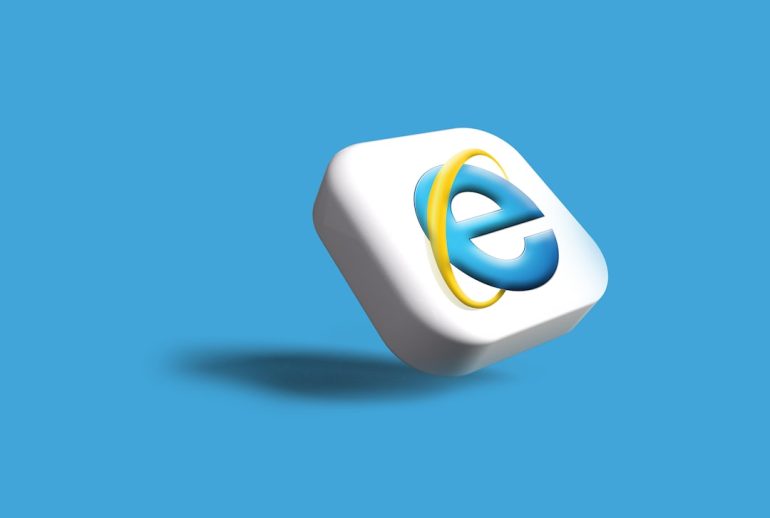Best LMS WordPress Plugin Tricks That Make Online Courses Fun And Easy To Manage
Using WordPress for your online course? Great choice! WordPress is flexible, affordable, and packed with awesome tools. One of the most powerful tools you can use is an LMS (Learning Management System) plugin.
TLDR:
Table of Contents
WordPress LMS plugins can make your online course fun and much easier to manage. With tricks like gamification, drip content, and automation, your students stay engaged and you save time. You’ll also find it easier to track progress, sell courses, and personalize the experience. Use these tricks to turn your LMS setup into a powerful learning machine!
What Is an LMS Plugin, Anyway?
An LMS plugin is a tool that lets you build, run, and manage online courses right inside WordPress. Think quizzes, video lessons, certifications, and student dashboards. No tech wizardry needed.
Top LMS Plugins to Know
- LearnDash – Packed with advanced features. Great for serious course creators.
- LifterLMS – Good for membership sites. Has strong eCommerce tools.
- Tutor LMS – User-friendly and beginner-friendly.
- Sensei LMS – Built by the folks behind WooCommerce. Perfect if you’re selling courses.
Now let’s sprinkle in some magic! These LMS WordPress plugin tricks will level up your course—and make your life much easier.
1. Use Gamification to Make Learning Fun
Gamification means adding game-like rewards to make the learning process exciting. People love to earn points, badges, and unlock achievements.
Trick: Use LearnDash’s BadgeOS or Tutor LMS’s Gamification Add-On to add:
- Points for lesson completion
- Badges for quizzes
- Levels and leaderboards
When students enjoy the process, they’re more likely to stick with it until the end.

2. Add Drip Content for Better Course Flow
Ever dumped too much info on someone at once? It’s overwhelming. That’s where drip content saves the day. With this feature, you can release lessons over time.
Why it helps:
- Gives students time to absorb material
- Keeps them coming back for more
- Makes your course feel more like a live class
Most major LMS plugins have drip content built in. For example, LearnDash lets you unlock lessons based on dates or course progress.
3. Automate Everything (Almost)
Time is precious. Don’t waste it doing boring stuff. Automate wherever you can!
Ideas for automation:
- Send welcome emails after signup
- Automatically enroll students in follow-up courses
- Trigger certificates when a student passes
Use Uncanny Automator – a powerful tool that connects your LMS with other plugins. It’s like having a personal assistant working 24/7.
4. Let Students Learn on Their Own Terms
Some students are early birds. Others are night owls. Let learners go at their own pace.
Self-paced course options work great with most LMS plugins. This means students can:
- Pause and resume lessons anytime
- Re-watch videos
- Retake quizzes until they pass
Bonus: Add a progress bar to motivate them to finish!
5. Keep It Interactive With Mini Quizzes
Quizzes don’t have to be boring. Use them to break up content and keep students alert.
Quick Tips:
- Use different formats—like multiple choice, true/false, short answer
- Add instant feedback
- Reward students for correct answers
Both LearnDash and LifterLMS offer rich quiz features with timers, image support, and even randomized questions. Get creative!
6. Create Course Bundles
Got several courses on similar topics? Sell them as a discounted bundle! This boosts your revenue and gives more value to students.
LifterLMS and Tutor LMS make it easy to group multiple courses and offer them in a pack. Add a ticking discount countdown to drive urgency!
7. Personalized Dashboards Make a Big Difference
Give your students a space that feels like their own.

Show their name, progress, upcoming lessons, and any certificates earned. A cool dashboard makes students feel accomplished—and keeps them coming back.
LifterLMS and LearnDash offer customization options so you can tweak the dashboard to match your brand, too.
8. Send Smart Notifications
Use LMS plugins to send targeted messages that feel personal. A little nudge goes a long way!
Examples:
- “You’re halfway there! Keep going!”
- “You haven’t logged in for 3 days. We miss you!”
- “Congrats on completing Module 1!”
Automation plugins like AutomatorWP or Uncanny Automator help send these smart messages via email or in-site popups.
9. Use Video Wisely
Video is powerful—but make sure it’s well used. Long videos can be boring. Keep them short and focused (around 5–10 minutes is sweet).
Use tools like:
- Vimeo – Private hosting and better performance than YouTube
- Presto Player – Integrates beautifully with WordPress LMS plugins
- Captions and speeding tools so students can watch their way
Also consider adding short video summaries or Q&A videos at the end of modules!
10. Offer Badges and Certificates
Give them something to show off! A shiny badge or certificate boosts pride and completion rates. You can even let them share certificates on LinkedIn.
Use Certificate Builder tools in LearnDash or Sensei to create stylish, printable certificates that include student names and grading info.
11. Mobile-Friendly for On-the-Go Learning
Lots of students learn while commuting or from their phones in bed. Make sure your course looks great on mobile devices.
Best practices:
- Use mobile-friendly themes like Astra or GeneratePress
- Keep text readable and buttons tap-friendly
- Test on real devices before launching
Some LMS tools like LearnDash even have mobile apps to improve mobile experience further!
12. Track Student Progress at a Glance
Need to know who’s falling behind? LMS plugins have powerful dashboards for instructors.
With the admin tools, you can:
- View lesson completion stats
- Check quiz scores
- Identify struggling learners
- Email them directly!
This helps you offer better support—and course updates based on real data.
13. Use Pre-Built Lesson Templates
Don’t start from scratch every time! Some LMS plugins provide lesson templates and reusable content blocks.
This saves time and keeps your course layout consistent. Drag-and-drop builders like Elementor or Spectra also boost design flexibility for course pages.
14. Encourage Student Communities
People learn better together. You can build a mini community around your course!
How?
- Add discussion forums using bbPress or BuddyPress
- Host live Zoom sessions inside your LMS
- Allow comments on lessons for Q&A
When students talk and collaborate, they stick around longer—and have more fun!
15. Keep Updating and Improving
A great course is never really “done.” Use feedback and analytics to improve lessons over time. Update your videos. Add more resources. Keep making it better.
 online course update,
online course update,







